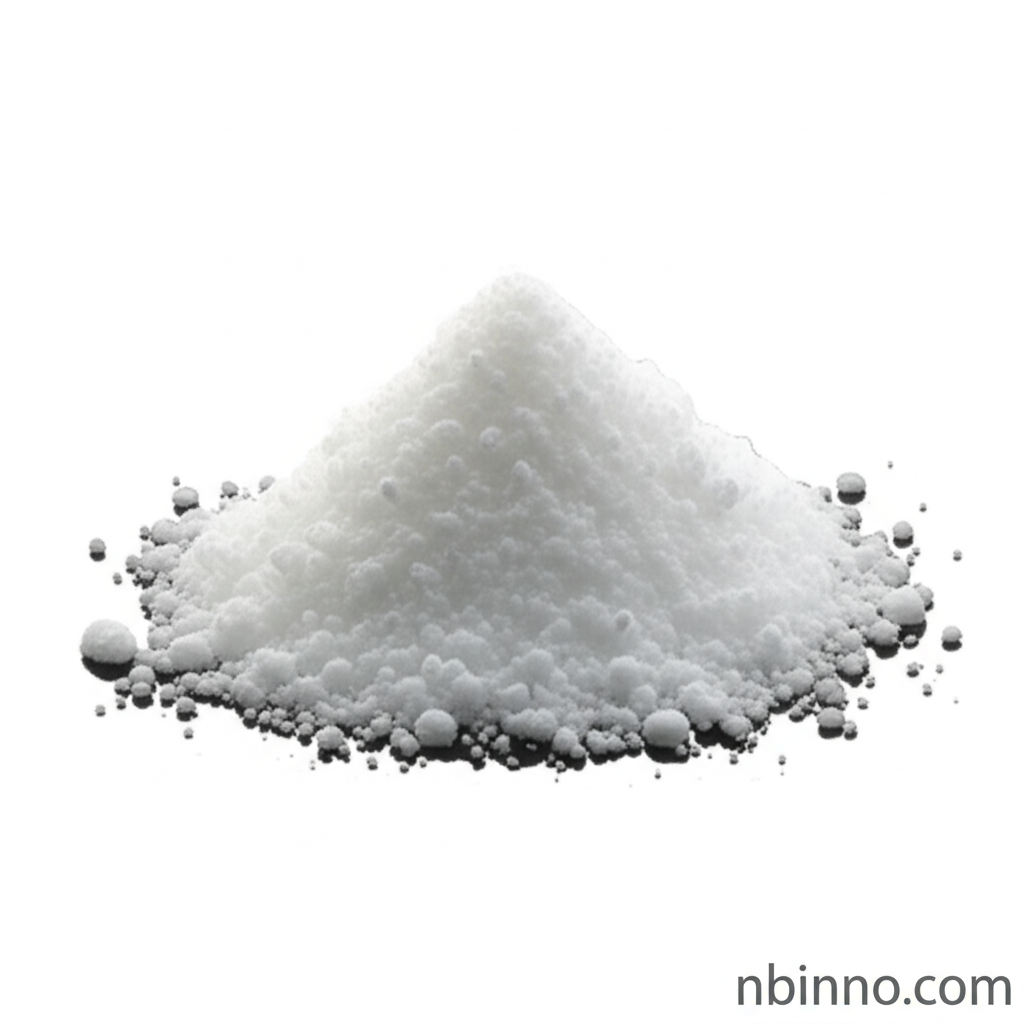2,6-Dibromopyridine: A Versatile Heterocyclic Building Block
Explore the synthesis, applications, and properties of 2,6-Dibromopyridine, a vital intermediate in modern chemistry.
Get a Quote & SampleProduct Core Value

2,6-Dibromopyridine
As a critical chemical building block, 2,6-Dibromopyridine (CAS: 626-05-1) plays a pivotal role in the development of advanced organic molecules. Its unique structure makes it highly sought after for various synthetic applications, driving innovation across multiple industries.
- Intermediate for Pharmaceutical Synthesis: This compound is a key intermediate in pharmaceutical synthesis, enabling the creation of novel drug candidates.
- Agrochemical Building Blocks: Its utility extends to agrochemical building blocks, aiding in the development of effective crop protection agents.
- Material Science Applications: In material science, 2,6-Dibromopyridine serves as a precursor for advanced polymers and functional materials.
- Organic Electronics Development: Its role in organic electronics development highlights its importance in creating next-generation electronic devices.
Key Advantages
Enhanced Reactivity
Leverage the enhanced reactivity of 2,6-Dibromopyridine for efficient cross-coupling reactions, speeding up your research and production timelines.
Synthetic Versatility
Benefit from its synthetic versatility, allowing for the precise introduction of diverse functional groups to tailor molecular structures for specific applications.
Stability and Compatibility
Rely on the compound's stability and compatibility with various reaction conditions, ensuring reliable results in complex chemical processes.
Key Applications
Pharmaceutical Synthesis
The synthesis of pharmaceuticals heavily relies on 2,6-Dibromopyridine as an intermediate, particularly in the development of treatments for neurological disorders.
Agrochemical Development
Used in the creation of agrochemical building blocks, it enhances crop protection and yield through the development of new pesticides and herbicides.
Advanced Materials
In material science, it is integral to creating polymers and coatings with improved durability and resistance to environmental factors.
Organic Electronics
Crucial for the fabrication of organic semiconductors, contributing to more efficient electronic devices in organic electronics development.
